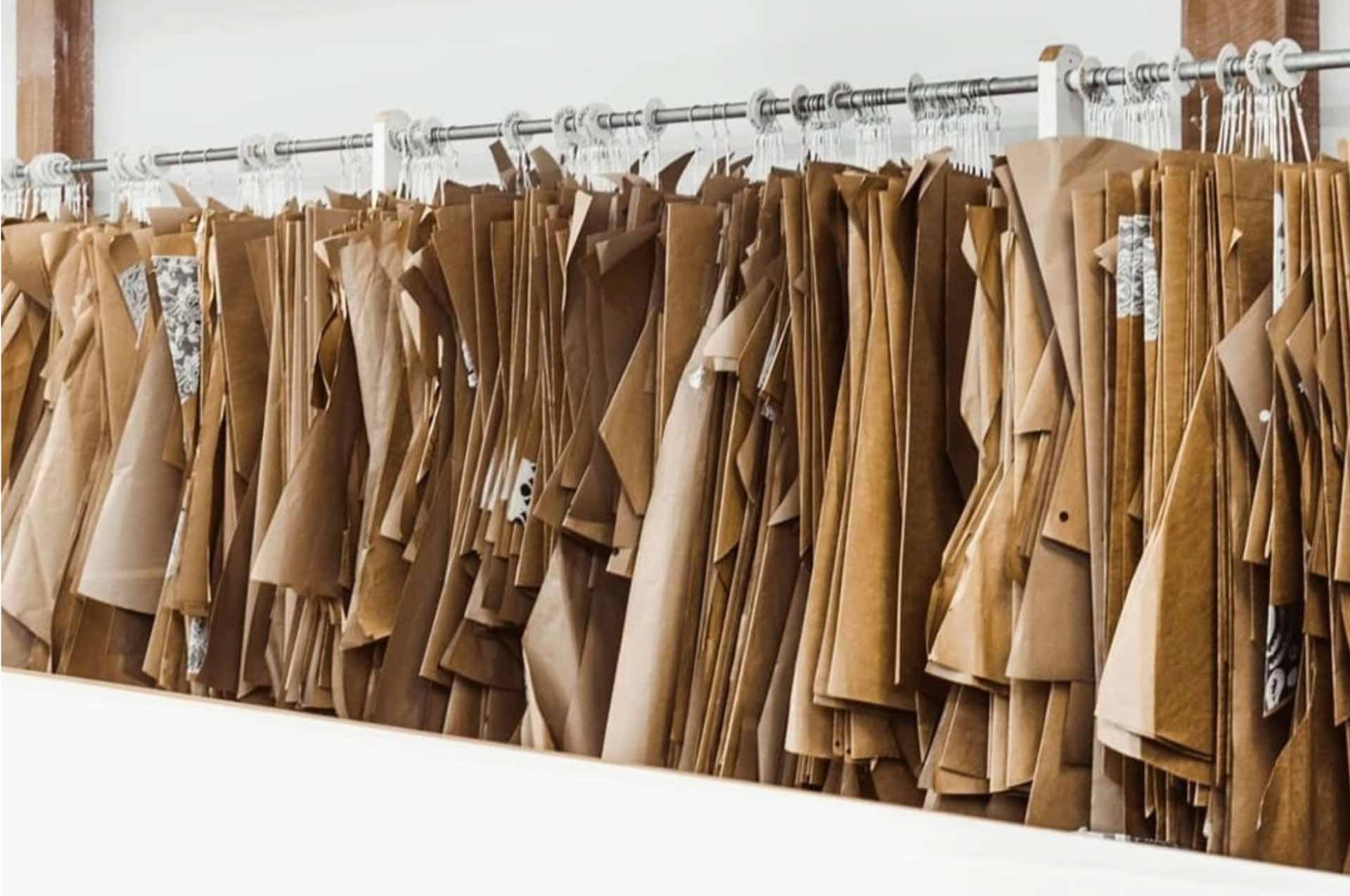Clothing Design
The first consideration in clothing design is the function of the garment. Upon establishing the purpose you can develop the specific design. The design idea may be inspired by haute couture shows, street fashion, window shopping, lookbooks, or catalogs. Many designs are created by combining various elements.
- Decide on the function of the garment you are making:
- Formal wear
- Casual outfit
- Work/business clothing
- Sports/active wear
- Convert the design idea into a sketch.
- A sketch helps to visualize and evaluate the design.
- Analyze the design while keeping in mind:
- special qualities in the shape of the wearer;
- matching the garment elements (eg. sleeves matching the collar, etc.);
- characteristics of the fabric being used (in some cases, a garment is designed for the fabric that is already purchased).
- Add final touches.
- Purchase the material appropriate for the design, or adjust the design for the existing fabric.
Pattern Drafting
Pattern drafting is simply altering the fabric to fit the shapes of the body.
Three Ms of pattern drafting:
- “Mode” or style of clothing reflected in the sketch.
- “Material” or fabric that is chosen for the garment.
- “Measurements” of the person who will be wearing the piece of clothing.
Before starting the draft
Understanding the contours of the body and learning how to shape the flat fabric to fit these three-dimensional contours is essential for pattern drafting.
Determine such things as seam and dart placements, as well as the types of openings for the garment (eg. lacings, buttons, hooks, eyes, zippers, etc.) Examine the material for its properties of draping, weight, and flexibility.
Fitting
While drafting establishes the basic location of the seams and the darts, the fitting establishes their exact location and makes it possible to compensate for the individual contours of the body. Before the garment is complete, it should have two accurate fittings.
With the first fitting, adjustments are made and secured by pinning.
The second fitting is done with the garment basted together and is a recheck of the first fitting.
Once the garment has been carefully fitted, it is ready for the final sewing operation.
Fabric and the Body
The body has three dimensions: height, width, and depth.

Shaping Fabric
A fabric, just like paper, will bend smoothly in one direction at a time. The contours of the body bend in many places in several directions at once. Therefore, the fabric must be shaped to follow these contours. The shaping tools in garment construction are known as darts and seams.
Pattern drafting is the process of locating these darts and seams so that the fabric would lay flat where the body is flat and bend where the body bends.
Darts
A dart is a “V’ shaped wedge that is removed from the fabric so that the fabric will bend in two directions at the same time.

Joining Seams
Three types of joining seams:
- A flat seam (as in patchwork quilts) is a seam that is added to fabric without changing the shape of the fabric at all as in two flat pieces of fabric sewn together (e.g. decorative seam)
- Seams may be used instead of darts to bend fabric in two directions simultaneously (e.g. princess seam)
- Seams may be used to shape fabric so that it will bend in more than two directions at a time as shown in the illustration of a mandarin collar.


